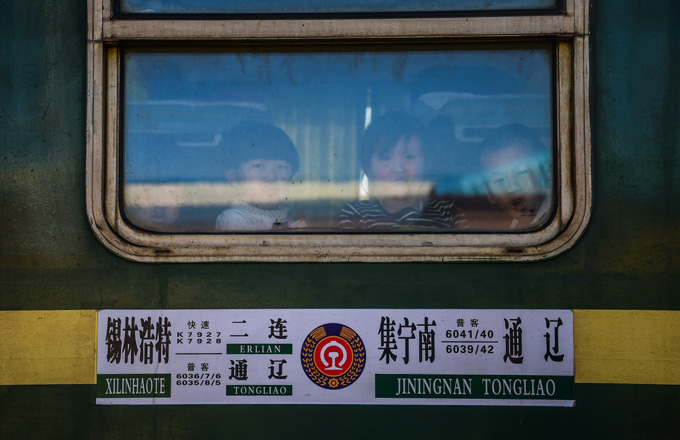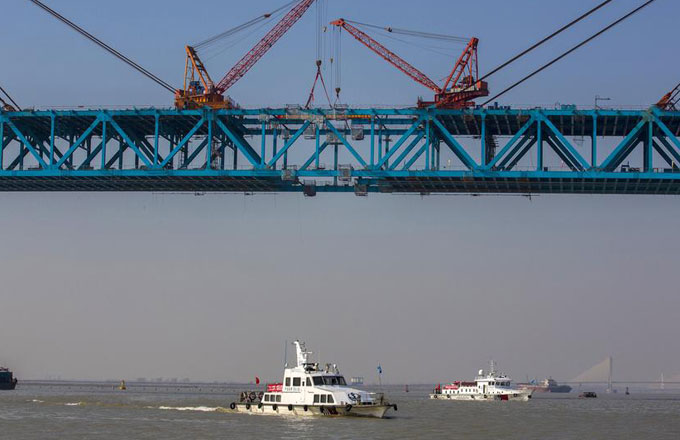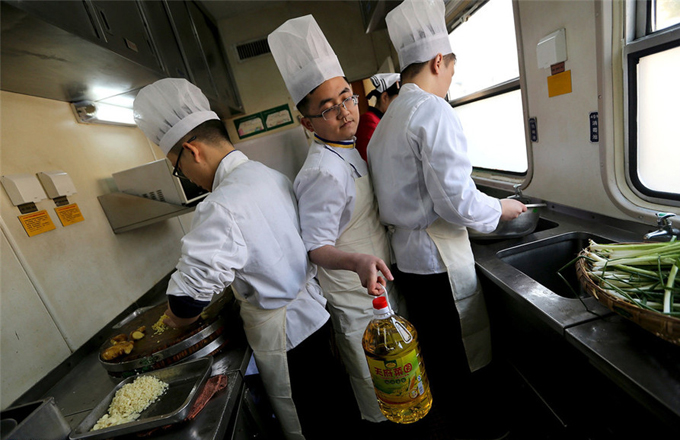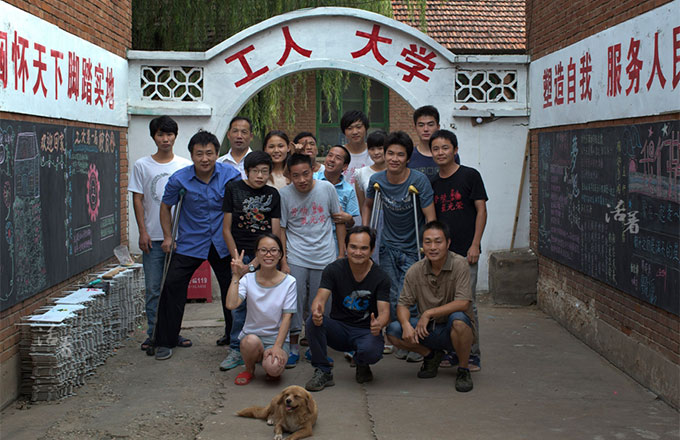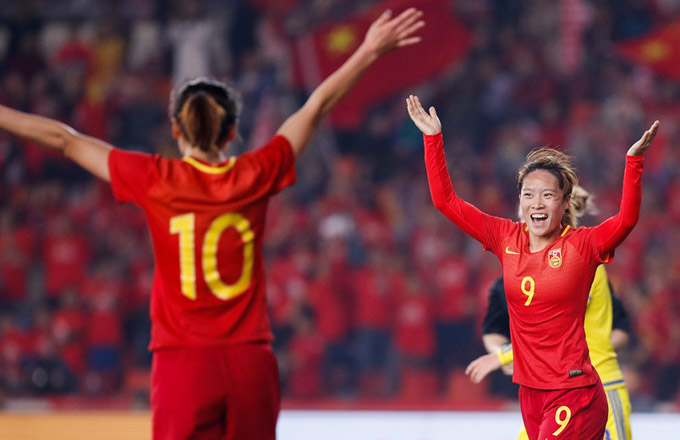

March 16, 2012
The announcement by the Chinese government that the country was entering a period of slower growth may hold important lessons for Asia’s other emerging economic giant, India.
While China’s nudging down its growth projection from 8 percent to 7.5 percent is part of its stated attempt to ensure quality and efficiency in its economic growth, in India, the moderation of the target to below or around 7 percent from 9 percent is the result of a grim situation — mounting subsidies, poor capital flows and a lack of consensus on policy reforms.
The measures in both countries are unsurprising, though reasons, contexts and implications differ.
In China, the lower growth target is to cool the economy from surging inflation, prevent a real estate bubble and to make a departure from years of heavy reliance on exports to increasing domestic consumption for driving growth.
In his government work report presented at the opening of the annual parliamentary session on March 5, Chinese Premier Wen Jiabao made it clear that China will “vigorously adjust income distribution, increase the incomes of low- and middle-income groups, and enhance people’s ability to consume”.
In India, on the other hand, governance weaknesses and a lack of political consensus are the key bottlenecks which have badly hit some reform programs and investment opportunities.
For example, even after the government announced its decision to allow FDI in multi-brand retail, it had to backtrack because of stiff opposition, including from its allies.
“This is just one example,” says Federation of Indian Chambers of Commerce and Industry (FICCI) president R.V. Kanoria. “There are so many crucial reforms that are pending. There is a policy impasse.”
Srikanth Kondapalli, professor of Chinese studies at Jawaharlal Nehru University (JNU), New Delhi, says it remains to be seen how China readjusts and rebalances itself. “China, which is strongly integrated with the global economy because of its reliance on exports, is vulnerable to global slowdown,” he says.
India also depends on exports — albeit in a lesser degree than China — though domestic consumption continues to feed its GDP growth.
In its March 2012 India Economic Update, the World Bank says the country may grow 7-7.5 percent in financial year 2012-2013, but cautions that downside risks are high because the European crisis threatens to undermine global growth.
“A worst-case scenario would lead to a collapse of a demand for Indian exports and strong contraction of public sector spending,” it says.
That will be a double blow for India whose economy grew by 6.1 percent from October-December 2011, its slowest since January-March 2009.
In the same period, China’s economy expanded 8.9 percent, its slowest pace since April-June 2009.
Clearly, the lowered growth projection indicates Chinese policymakers have realized that the pace they have set for themselves is unsustainable in the longer term. They now feel a more modest growth target is acceptable given its particularly rapid growth and development over the past 15 years, according to Louis Kuijs, project director at the Hong Kong-based Fung Global Institute.
“China’s growth has been particularly investment and industry heavy over the past 15 years, whereas India has seen less investment in recent decades, and much less industry,” Kuijs says. “Weak infrastructure is the prime area of concern in India.”
Kuijs points out that India’s GDP per capita is around one-third of that in China. “India’s policymakers and public have high ambitions and expectations on GDP growth. In these respects, the situation and policy implications differ between the two countries,” he says.
Girijesh Pant, chair professor at JNU’s School of International Studies, says India has a lot to learn from China on how to address problems. “What makes a perceptible difference is the approach and responses to problems,” he says. “In terms of governance, China is quick, effective, efficient and decisive.”
“After three decades of automatic, on-time development as a producer for the world, China is taking a breather because it can afford to take a slowdown. This pause also fits the times,” Bob Dowling and Manjeet Kripalani of Gateway House: Indian Council on Global Relations, a global policy think tank, wrote in their article China and India: Slowing growth, stalling growth.
But Swaran Singh of the School of International Studies (Diplomacy and Disarmament), JNU, feels the Chinese ways are not relevant to India.
“Although India initiated its economic reforms in 1991, it has a long way to go,” Singh says. “Maybe 30 years from now, India can think of such a measure of controlled growth.”
arunava@chinadailyapac.com
